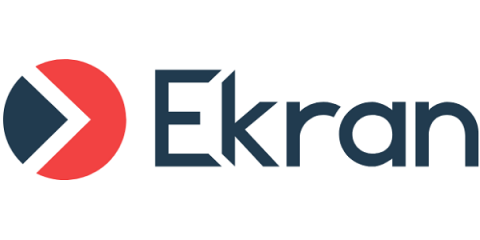Security is Everyone's Job: 11 Questions You Should Be Asking
One of the most common misconceptions about cybersecurity is that the responsibility and ownership sits solely on the shoulders of the CISO and the security team. Common assumptions are anything related to cybersecurity, a security issue or security initiative resides with the security team and the Chief Information Security Officer (CISO). Phishing attacks? That’s a problem for the security department. Vetting vendors and third parties? That belongs to the vendor management team.











